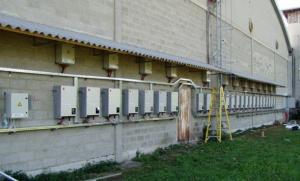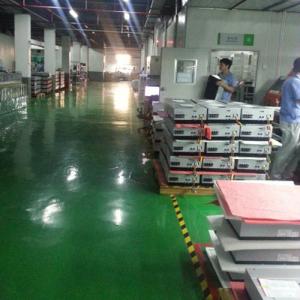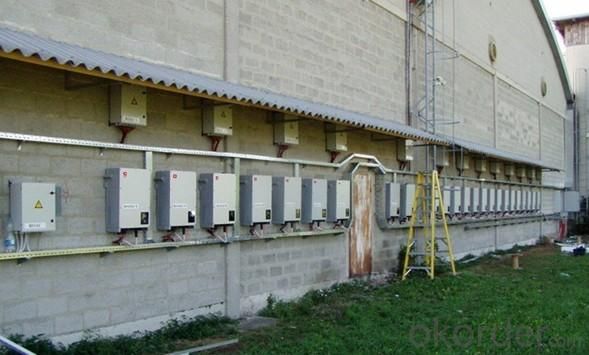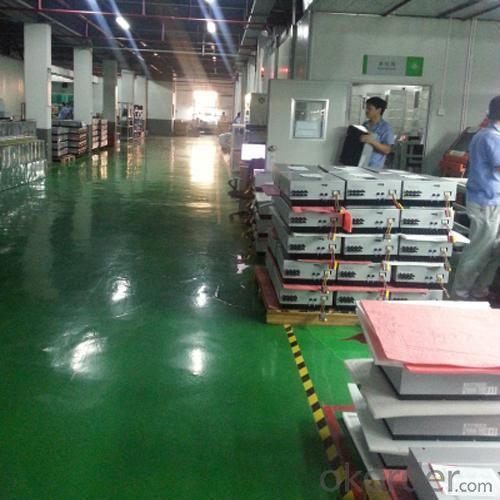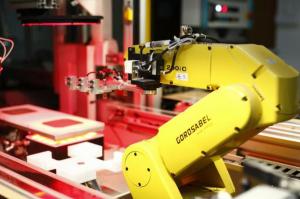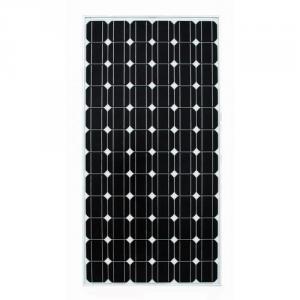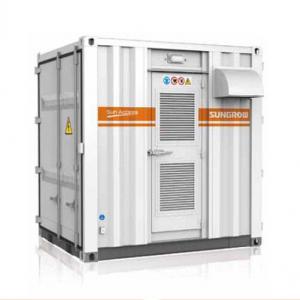Sunny Boy 1000W Grid Connected Solar Inverter
- Loading Port:
- Shenzhen
- Payment Terms:
- TT or LC
- Min Order Qty:
- 1 unit pc
- Supply Capability:
- 5000Units/per month pc/month
OKorder Service Pledge
OKorder Financial Service
You Might Also Like
Features of Grid Connected Solar Inverter 1000W
With a R&D team more than 100 engineers,40% of the staff, who has been deeply engaged in the photovoltaic industry for 10 years, CNBM takes the mission to increase the inverter availability and efficiency, putting continuous innovation to make CNBM inverter easier for installation and operation, and more cost-effective for solar plant construction. The full range of CNBM single phase inverters has received VDE, CE, G83/1, G59/2, ENEL2010, VDE4105, C10/C11, AS4777 etc.
Maximum efficiency of 97.8% and wide input voltage range, Internal DCswitch,MTL-String, Sound control,Bluetooth/RF technology /Wi-FiTransformerless,GT topology
Technical data of Grid Connected Solar Inverter 1000W
Model | CNBM-1000TL | CNBM-1500TL | |
Input data (DC) |
|
| |
Max. DC power | 1300W | 1800W | |
Max. DC voltage | 450V | 450V | |
Start voltage | 90V | 150V | |
PV voltage range | 70V-450V | 100V-450V | |
Max. input current | 10A | 10A | |
Number of MPP trackers /strings per MPP tracker | 1/1 | 1/1 | |
Output (AC) |
| ||
Rated AC output power | 1000W | 1600W | |
Max. AC power | 1100W | 1650W | |
Max. output current | 5.5A | 8A | |
Power factor | 1 | 1 | |
THDI | <3% | <3% | |
AC connection | Single phase | Single phase | |
Efficiency |
| ||
Max. efficiency | 97% | 97% | |
Euro weighted efficiency | 96.50% | 96.50% | |
MPPT efficiency | 99.50% | 99.50% | |
Protection devices |
| ||
Output over voltage protection-varistor | yes | yes | |
Ground fault monitoring | yes | yes | |
Grid monitoring | yes | yes | |
General Data |
| ||
Dimensions (W / H / D) in mm | 360/329/132 | 360/329/132 | |
Weight | 11.5KG | 11.5KG | |
Operating temperature range | –25°C ... +60°C | –25°C ... +60°C | |
Altitude | 2000m(6560ft) without derating | ||
Self-Consumption night | < 0.5 W | < 0.5 W | |
Topology | Transformerless | ||
Cooling concept | Natural | Natural | |
Environmental Protection Rating | IP65 | IP65 | |
Features |
| ||
DC connection | H4/MC4(opt) | H4/MC4(opt) | |
Display | LCD | LCD | |
Interfaces: RS485/RS232/Bluetooth / RF/Zigbee/Wifi | yes/yes/opt/opt/opt | ||
Warranty: 5 years / 10 years | yes /opt | ||
Certificates and approvals | CE、VDE 0126-1-1、DK5940、G83/1-1、G59/2、RD1663、EN50438、 VDE-AR-N4105、CEI-021、IEC-62109、ENEL-Guide | ||
Figure 1 the application of Grid Connected Solar Inverter 1000W
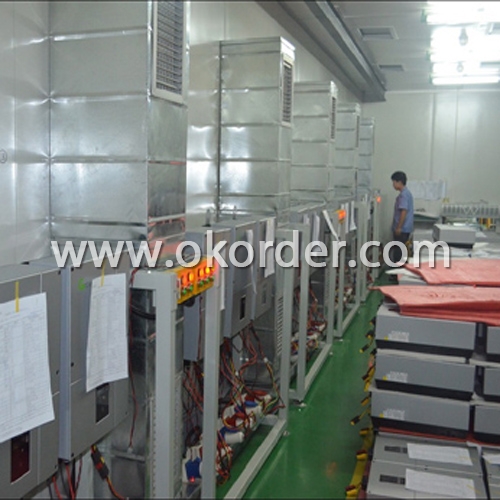
Figure 2: Package of Grid Connected Solar Inverter 1000W
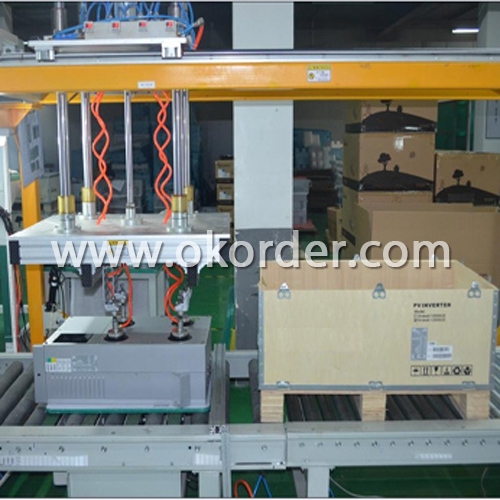
- Q: How does a solar inverter impact the payback period of a solar system?
- A solar inverter can have a significant impact on the payback period of a solar system. The efficiency and reliability of a solar inverter can affect the overall energy production and performance of the solar system. A high-quality inverter can optimize the conversion of solar energy into usable electricity, maximizing the system's output and reducing energy losses. This improved efficiency can shorten the payback period by increasing the amount of electricity generated and therefore the savings on utility bills. Additionally, a reliable inverter can minimize maintenance and replacement costs, further enhancing the financial returns of the solar investment.
- Q: Photovoltaic grid-connected inverter without DC emc how will happen
- When solar or other light illuminates the PN junction of the semiconductor, a voltage (called a photogenerated voltage) occurs on both sides of the PN junction. This phenomenon is the famous photovoltaic effect.
- Q: What is the difference between a transformerless inverter and a transformer-based inverter?
- A transformerless inverter and a transformer-based inverter differ primarily in their design and functionality. A transformerless inverter, as the name suggests, does not include a transformer in its circuitry. Instead, it uses advanced semiconductor components, such as insulated-gate bipolar transistors (IGBTs), to convert the direct current (DC) power from a source like solar panels into alternating current (AC) power for use in homes or businesses. The absence of a transformer allows for a more compact and lightweight design, making transformerless inverters ideal for space-constrained installations. However, due to the lack of galvanic isolation, transformerless inverters may have slightly less electrical safety compared to transformer-based inverters. On the other hand, a transformer-based inverter incorporates a transformer as an integral part of its circuitry. This transformer serves multiple purposes, including galvanic isolation, voltage step-up or step-down, and impedance matching. Galvanic isolation is particularly important as it provides a barrier between the input and output of the inverter, offering enhanced electrical safety and protection against electrical shocks. The presence of a transformer also helps to stabilize the output voltage, making transformer-based inverters more suitable for applications with sensitive electronics or where grid synchronization is critical. In summary, while transformerless inverters offer compactness and lightweight design, transformer-based inverters provide better electrical safety and stability. The choice between the two depends on the specific application requirements, space availability, and the level of electrical safety desired.
- Q: How do you calculate the power output of a solar inverter?
- The power output of a solar inverter can be calculated by multiplying the DC voltage input from the solar panels by the DC current output. This will give you the DC power output. To calculate the AC power output, you need to consider the efficiency of the inverter. Multiply the DC power output by the inverter efficiency to determine the AC power output.
- Q: Are there any fire safety concerns associated with solar inverters?
- Yes, there are some fire safety concerns associated with solar inverters. While solar inverters themselves are not typically a fire hazard, there are a few potential risks to consider. Firstly, improper installation of the solar inverter can lead to electrical issues that may cause a fire. It is important to hire a qualified and certified professional to install the inverter, ensuring that all electrical connections are secure and up to code. Secondly, if the solar inverter is located in an area that is prone to high temperatures or excessive heat, there is a risk of overheating. Inverters generate heat as they convert the direct current (DC) from solar panels into alternating current (AC) for use in homes or businesses. If the inverter is not properly ventilated or if it is exposed to extreme heat, it can overheat and potentially start a fire. Additionally, if there is a fault in the inverter or if it is damaged, it can increase the risk of fire. Regular maintenance and inspection of the solar inverter can help identify any potential issues and ensure its safe operation. To mitigate these fire safety concerns, it is crucial to follow proper installation guidelines, regularly inspect and maintain the inverter, and ensure it is located in a well-ventilated area away from excessive heat sources. It is also advisable to have a fire extinguisher nearby and to have a fire safety plan in place in case of emergencies.
- Q: What is the warranty period for a solar inverter?
- The warranty period for a solar inverter can vary depending on the brand and model. However, it is common for solar inverters to come with a warranty period of 5 to 10 years.
- Q: Can a solar inverter be used with solar-powered remote sensing systems?
- Yes, a solar inverter can be used with solar-powered remote sensing systems. A solar inverter is responsible for converting the direct current (DC) generated by solar panels into alternating current (AC) that can be used to power various devices and systems. In the case of solar-powered remote sensing systems, the solar inverter would be an essential component in converting the DC power from the solar panels into the required AC power to operate the remote sensing equipment.
- Q: Can a solar inverter be used with different AC voltages?
- No, a solar inverter cannot be used with different AC voltages. It is designed to convert the DC power generated by solar panels into a specific AC voltage that is compatible with the electrical grid. Using it with a different AC voltage could lead to inefficient operation or even damage the inverter.
- Q: PV grid-connected inverter and independent inverter in the control of what is the difference
- The independent inverter in the output voltage phase amplitude of the frequency control is initially set good. Independent inverter, you should refer to off-grid inverter, do not need to consider the grid situation.
- Q: Can a solar inverter be used with electric vehicles?
- Yes, a solar inverter can be used with electric vehicles. Solar inverters are used to convert the DC (direct current) electricity generated from solar panels into AC (alternating current) electricity which can be used to power various devices, including electric vehicles. This allows for the charging of electric vehicles with clean and renewable solar energy.
Send your message to us
Sunny Boy 1000W Grid Connected Solar Inverter
- Loading Port:
- Shenzhen
- Payment Terms:
- TT or LC
- Min Order Qty:
- 1 unit pc
- Supply Capability:
- 5000Units/per month pc/month
OKorder Service Pledge
OKorder Financial Service
Similar products
Hot products
Hot Searches
Related keywords
